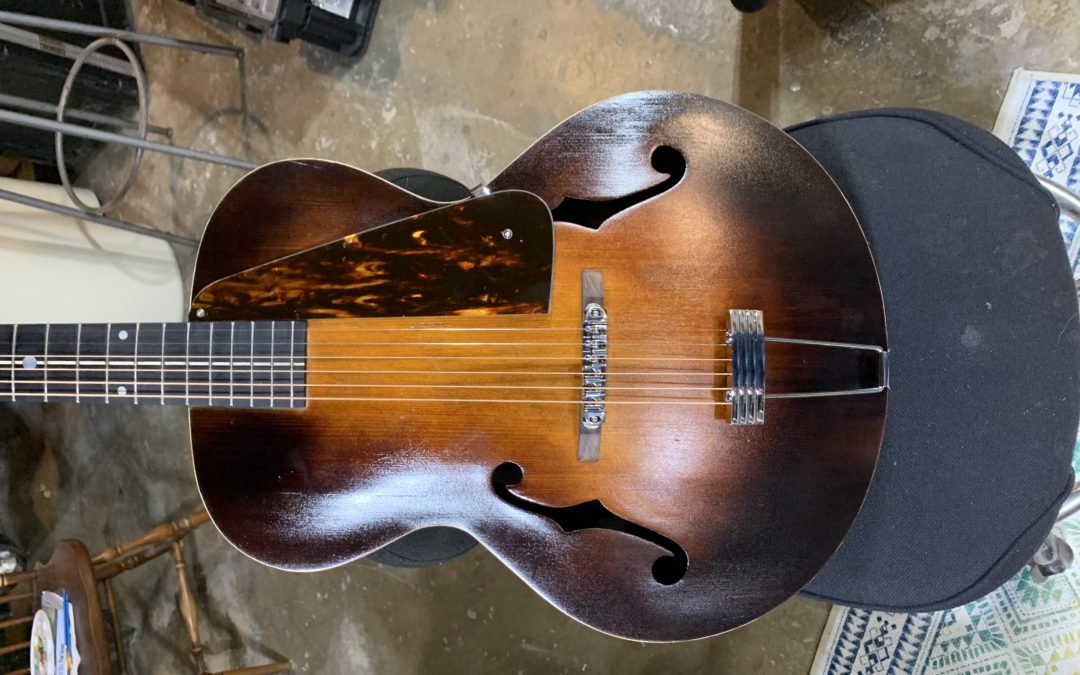
by Rees Shad | Feb 16, 2021 | Big Ideas, Guitars, Videos
Roeboy Ampersand Guitar One SM
So in 2019 I found an old arch top guitar hanging BY A HOOK in an old junk shop. The back and face split in several places, the back coming off and the sides misshapen. That hook through the headstock and deep pits in the ebony fretboard should have told me to walk away. But the inlay in the fretboard was unique, and I’m a fan of English history… so the name, while unfamiliar as a brand name made me wonder… $35 later and it came home with me. The neck was the width of a baseball bat’s business end, and mysteries clattering came from its inner depths.
I hung it on my office wall and promised I would have a go at gluing it back together. I did a bit of research and discovered this guitar was a 1930s Cromwell. It was a “house guitar” made for merchant shops by Gibson. Cheaper and less refined then their more expensive Gibson brethren, house guitars filled out stock and made for attainable starter guitars.
They often shared designs and materials, but had less time spent on them in refining those materials.
Anyway, then I took Nick Lenski’s luthier class, and figured maybe I could do more than simply glue the guitar together again. Showing it to Nick and fellow Luthier Steve Sauve got some great ideas and inspired me to open the Cromwell up and see about a rebuild…
But then I really got a wild hair and decided to rebuild it into something more than a luthier practice project….
I have built several amps and electrics over the years. Always slapping or branding the name “Roeboy!” on the final product as my signature. But what if I started making an effort to rework unplayable and destroyed instruments into new and wonderful instruments? Thus was born the “&” project. The ampersand signifying a combining of things new and old to reuse, repurpose, and most importantly make music with.
So here is the guitar from before to now… it’s been a fun challenge!
More Ampersands are in my future for sure.

by Rees Shad | Feb 16, 2021 | Big Ideas, Presentations, Research, Videography, Videos
Defense Presentation V4_smallest
In the early months of 2018 I announced to my colleagues at CUNY that I would be stepping down from my position as Associate Professor and return to graduate school. The goal was to get my PhD while exploring my interests in futurism and its potential role in higher ed. On February 16th, 2021 I presented the following video at my comprehensive exam, which was warmly received along with the literature review and mini-study which accompanied it. I was accepted as a PhD candidate as a result, and I share here the film, which explains my motivations, my research, and my findings to date.
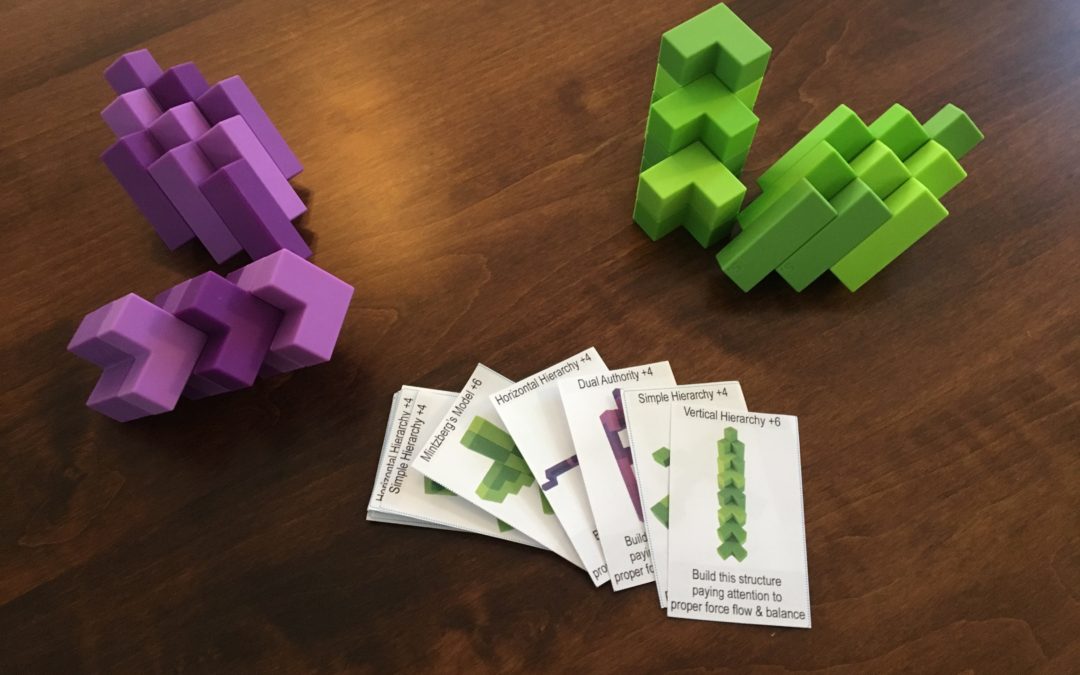
by Rees Shad | Feb 6, 2019 | Big Ideas, Games, Ongoing Classes, Past Presentations, Presentations
In Dr. Sharon Rallis’ graduate class “Strategies for Institutional Change” (Spring 2019) we were exploring Boleman and Deal’s structural framework analysis of organizations. I had been pondering the metaphor or magnetic polarity as it might correspond to the flow of an organization’s energy and wondering if I might model this for an assignment in which I was to teach the structure portion of that week’s class.
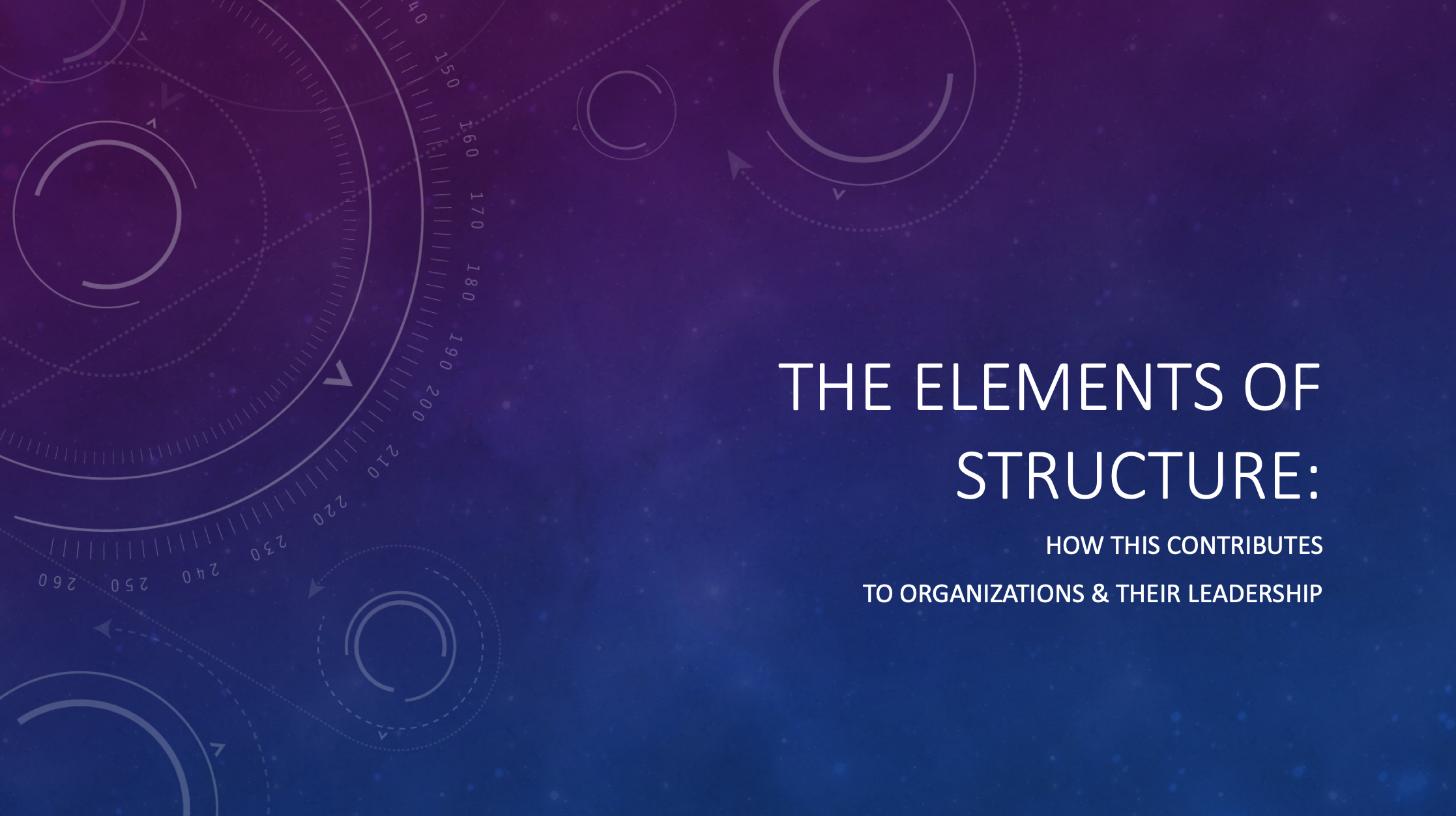 I put together a presentation which explained a brief history of magnetic turbines and how they can harness the natural flow of energy.
I put together a presentation which explained a brief history of magnetic turbines and how they can harness the natural flow of energy.
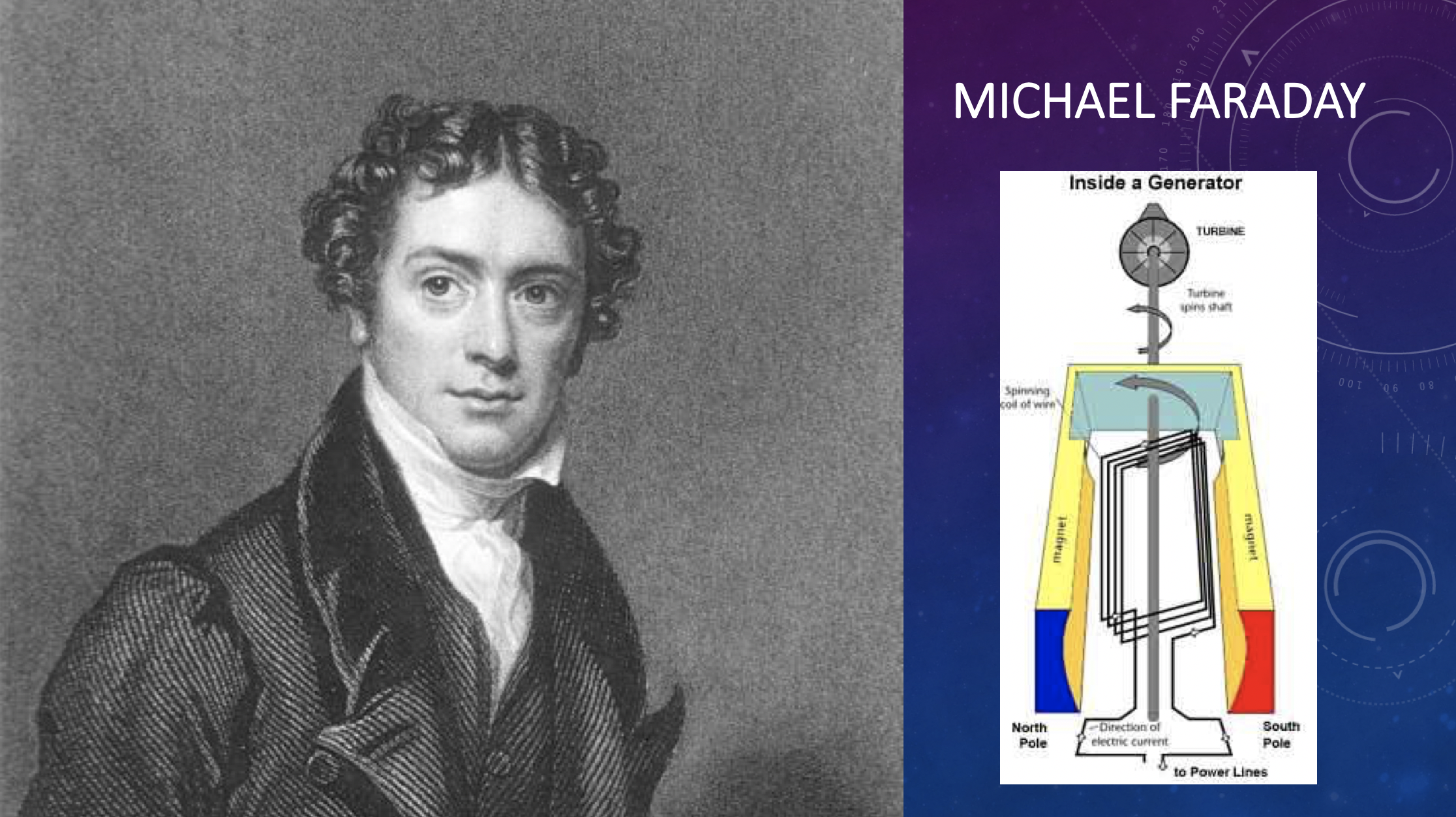
I then introduced the class to a game that I had developed which I call Structure & Flow.
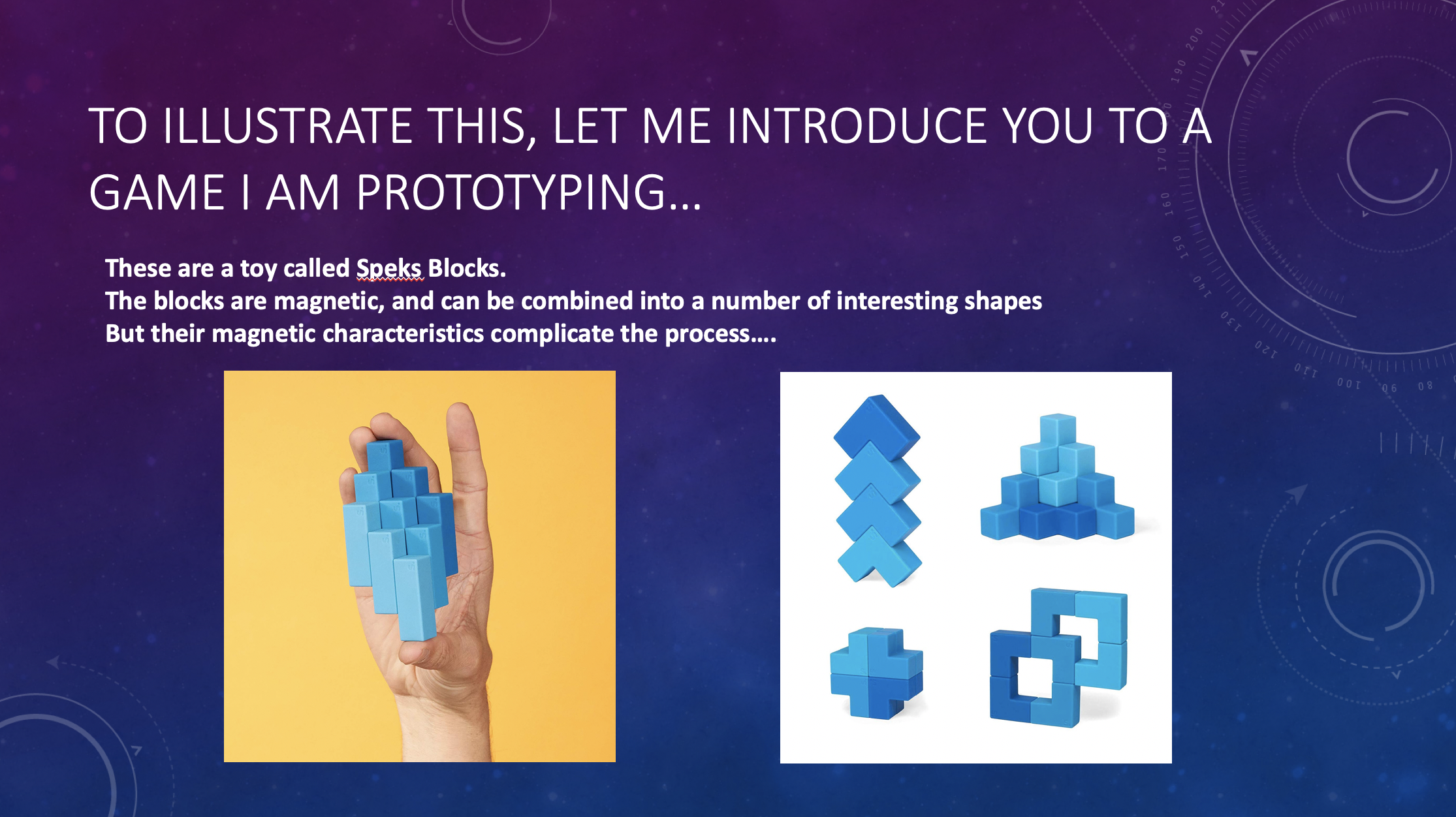
The game uses an existing product – desk toys called Speks Blocks – which are small magnetic building blocks. Players assemble prescribed designs modelling various organizational structures paying attention to magnetic flow and structural balance. These designs are picked from a deck of cards depicting the designs from various angles. Some angles are more revealing than others, and subsequently earn the players more or less points depending on the level of complexity.
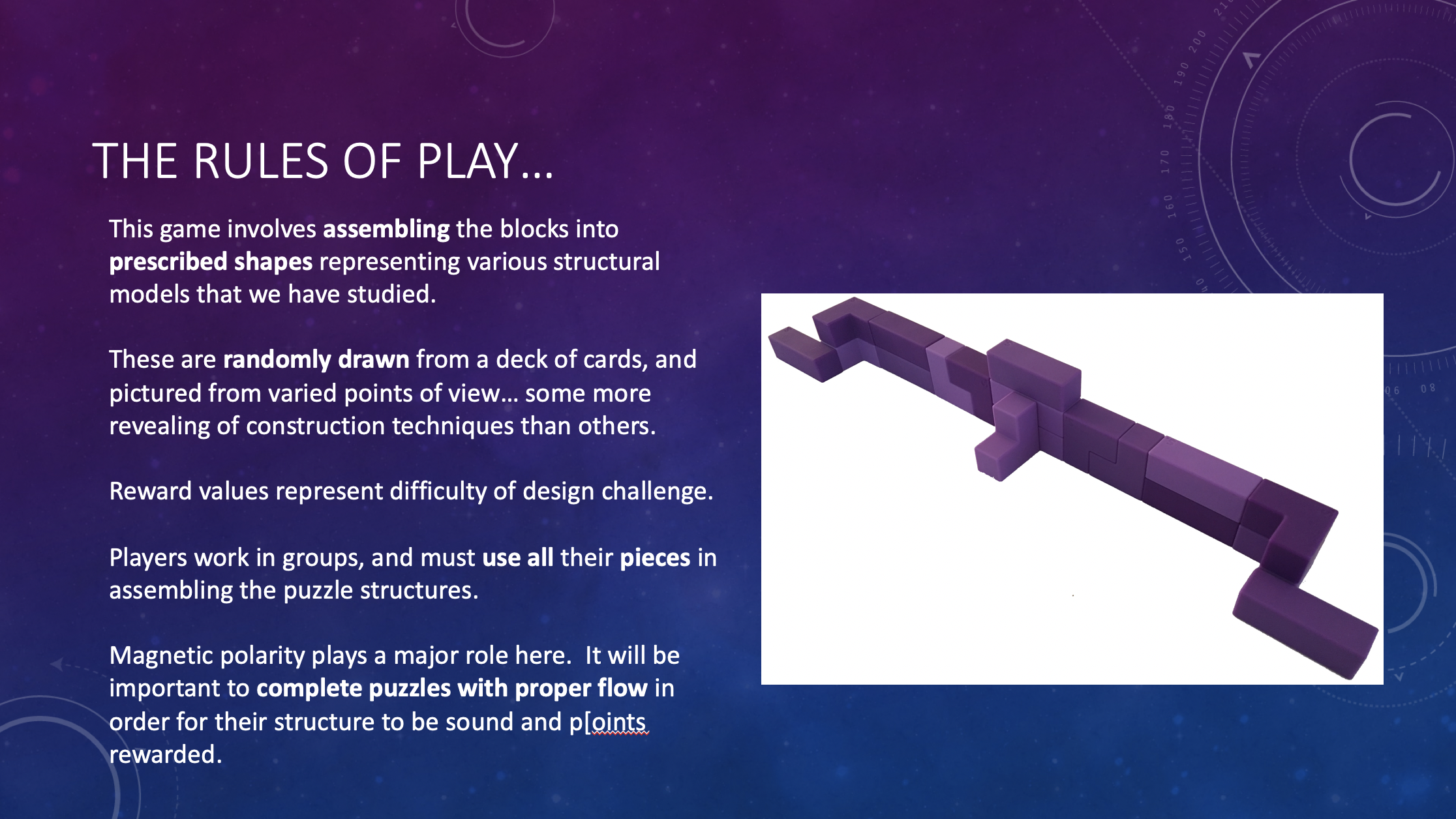
I was fearful that the game would be too simple for this audience, but they were thoroughly engaged, and the game (and my lecture) sparked some very interesting conversations about how organizations can be designed, and redesigned.
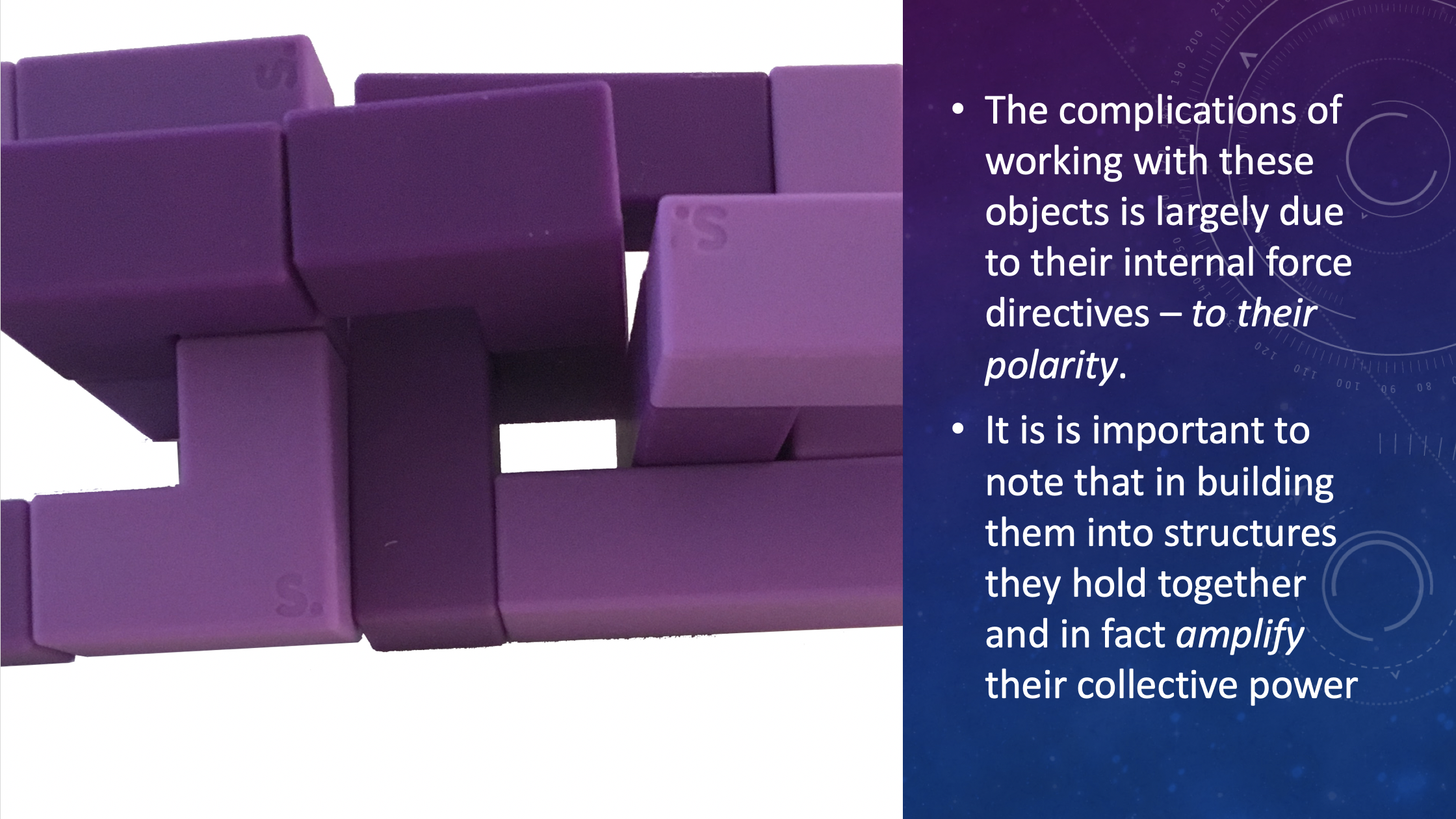
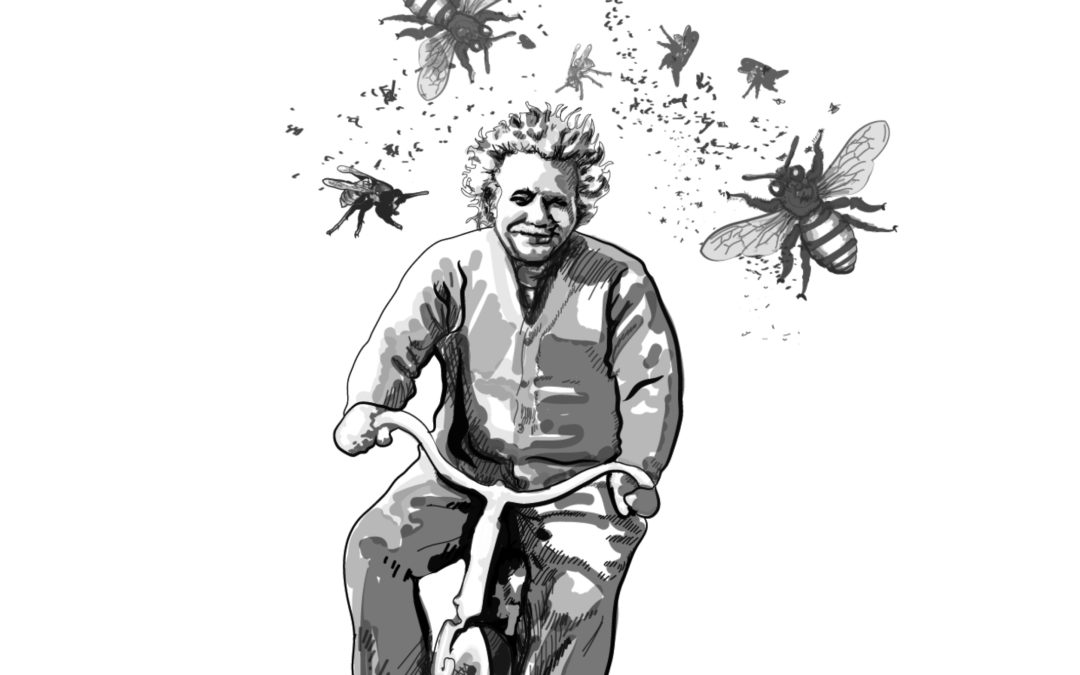
by Rees Shad | Jan 15, 2019 | Big Ideas, Books, Games
Einstein & the Honeybee: An Introduction to Game Design and Game Development
By The Hive Cooperative
This book is a wonderful introduction to game design, iterative methodologies, and usability issues that will help young designers gain a grasp of important concepts and necessary terminology that modern game developers need to know. Professor Rees Shad and his merry band of over-achievers bring readers on a light hearted romp that explores and illustrates the meaning of play, rule sets, and game mechanics; while introducing readers to important concepts in design, collaborative methodologies, and the role of narrative.
The Hive Cooperative is a group of educators and students who gathered together to edit and augment Professor Shad’s original document into a more approachable type of textbook. Literally testing the approaches described in the book on the work itself in order to assure that members of the target audience would not only understand, but also enjoy.
Written by: Rees Shad
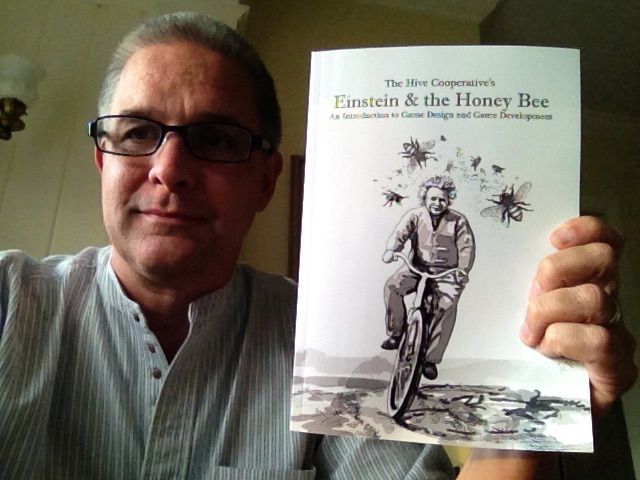
The first pressing of our book Einstein & the Honeybee from 2012
Asides and addendums written by: Dylan Shad, Chris Aiken, & Rocio Rayo
Illustrated by: Amara Dioubate & Elijah Richmond
Edited by: Rocio Rayo, Dylan Shad, Elijah Richmond, Chris Aiken, Rees Shad, & Pamela Shad
Layout: Elijah Richmond
Colmena Design – Media & More Bronx, NY
With help from The Ravenfox Fund – Supporting educational opportunities & social innovation
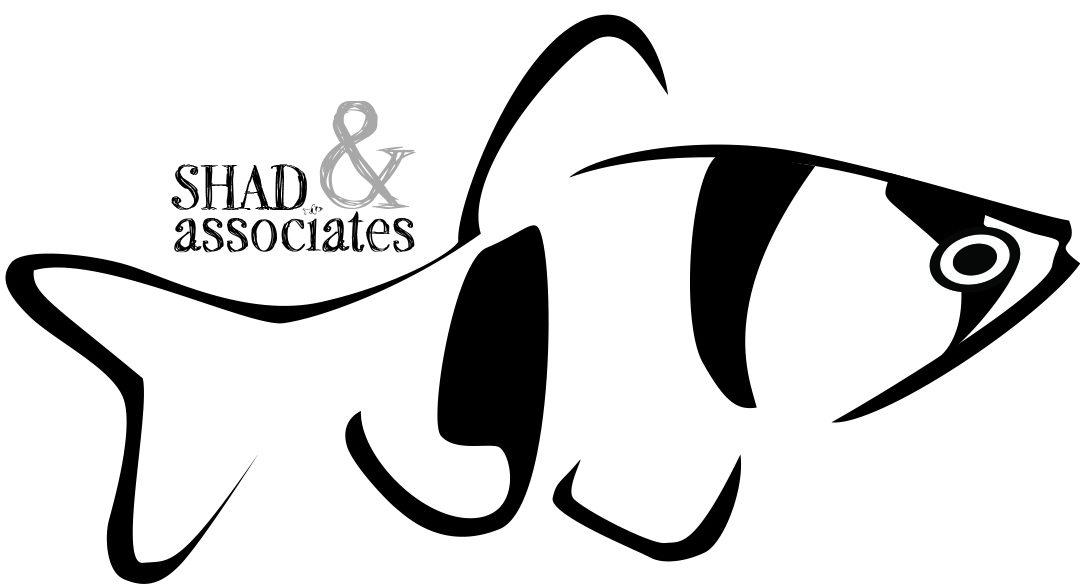
by Rees Shad | Jan 15, 2019 | Big Ideas, Degree Programs, Miscellaneous Programs
I have been designing curriculum since 2003. One of my guiding principles is to develop courses that engage students in a subject from multiple angles that require them to conceptualize means of addressing larger issues through incremental iteration and collaborative thinking. The best courses allow students the opportunity to improve their consideration of a given subject, hone subject-specific skills, and also improve their communication skills by writing and presenting their related thinking.
Here is a list of the various courses I have had a hand in creating to date:
Parsons the New School of Design:
- Freshman Design Lab (Developed collaboratively with over 20 faculty)
- Usability Design
- Introduction to the Digital Design Toolbox
- Thesis Prototyping
Hostos Community College:
DIGITAL DESIGN & ANIMATION AAS PROGRAM
- BIO110 Game-Framed Introduction to Biology
- DD101 Introduction to the Digital Toolbox
- DD102 Media Design in the Digital Age (Writing Intensive)
- DD104 Color Theory
- DD105 2D Design
- DD106 Introduction to Usable Design
- DD107 Concepts in Animation
- DD112 Introduction to Web Design
- DD113 Introduction to Motion Graphics
- DD114 Digital Illustration
- DD201 Communication Design
- DD202 Digital Video Production
- DD203 Digital Photography for Design
- DD204 Typographic Principles
- DD205 3D Design
- DD207 Introduction to Maya
- DD298 Digital Independent Study in Design & Animation I
- DD299 Digital Independent Study in Design & Animation II
- DD301 Advanced Digital Illustration
- DD302 Advanced Web Design
- DD305 After Effects
- DD307 Advanced Maya
DIGITAL MUSIC AAS PROGRAM
- DM 103 History of Electronic Music(Writing Intensive)
- DM 104 History of Musical Styles
- DM 105 Physics of Sound
- DM 106 Introduction to Recording Techniques
- DM 201 Sound Lab
- DM 202 Synthesizers, Sampling, & MIDI Production
- DM 205 Sound Design
- DM 206 Production I
- DM 214 History of the Film Score
- DM298 Digital Independent Study in Digital Music I
- DM299 Digital Independent Study in Digital Music II
- DM 301 Sound Lab II
- DM 310 Sound As Story
- DM 315 Sound Design in Context
- DM 316 Production II
GAME DESIGN AAS PROGRAM (Designed with Professor Jason Corace now of MICA)
- GD101 Introduction to Game Design
- GD102 Beyond Games (Writing Intensive)
- GD105 Game Programming I
- GD201 Digital Games
- GD205 Game Programming II
- GD210 Game Studio
- GD298 Digital Independent Study in Game Design I
- GD299 Digital Independent Study in Game Design II
TRANSDISCIPLINARY COURSES DEVELOPED
- BUS101 Introduction to Business for the Digital Entrepreneur
- ENV110 Game-Framed Introduction to Environmental Science (augmented existing course to involve the pedagogy of play)
- MAT10 Game-Framed Basic Mathematics Skills (augmented existing course to involve the pedagogy of play)
- MAT20 Game-Frame Elementary Algebra (augmented existing course to involve the pedagogy of play)
- MAT100 Game-Framed Introduction to College Math (augmented existing course to involve the pedagogy of play)
Rock Valley College:
- ART125 3D Design I
- ART225 3D Design II
- BUS102 Business for the Digital Entrepreneur
- COM120 Media History
- COM295 Sound Design Production
- COM247 Sound Lab
- GAT125 Animation I
- GAT120 Usability
- GAT225 Typography II
- MAT115 G-FMS General Ed. Mathematics (augmented existing course to involve the pedagogy of play)
NYC/CUNY Department of Education Animation Program:
- Introduction to Animation – STEM & Animation
- Animating the Natural World – Biology & Animation
- Visual Storytelling – Language Arts & Motion Graphics
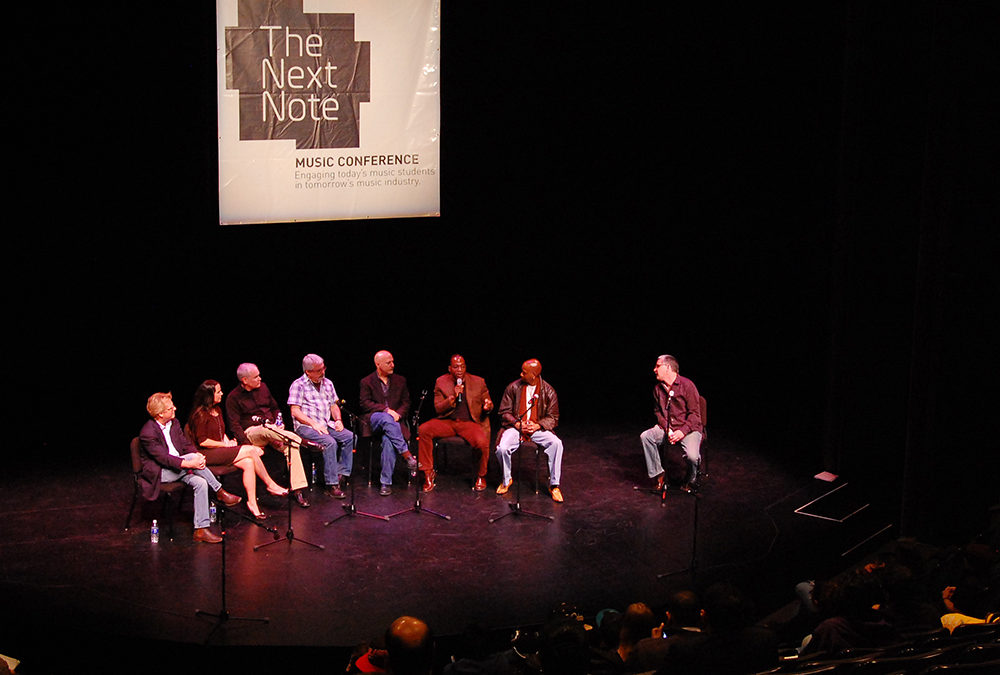
by Rees Shad | Jan 4, 2019 | Big Ideas, Miscellaneous Programs, Special Programs
In the Spring of 2012, I organized a small music conference at CUNY which involved a daylong event at Hostos in which music professionals came to campus and discussed the state of the music industry at that time, relevant trends in career development for artists, musicians, engineers, and producers, and the directions the industry might take. There was a discussion panel that I led which was followed up by Q&A with the student audience (CUNY students as well as local high school students), and the day ended with a pared down portfolio review where select music majors could present their production reels to guest speakers for feedback.
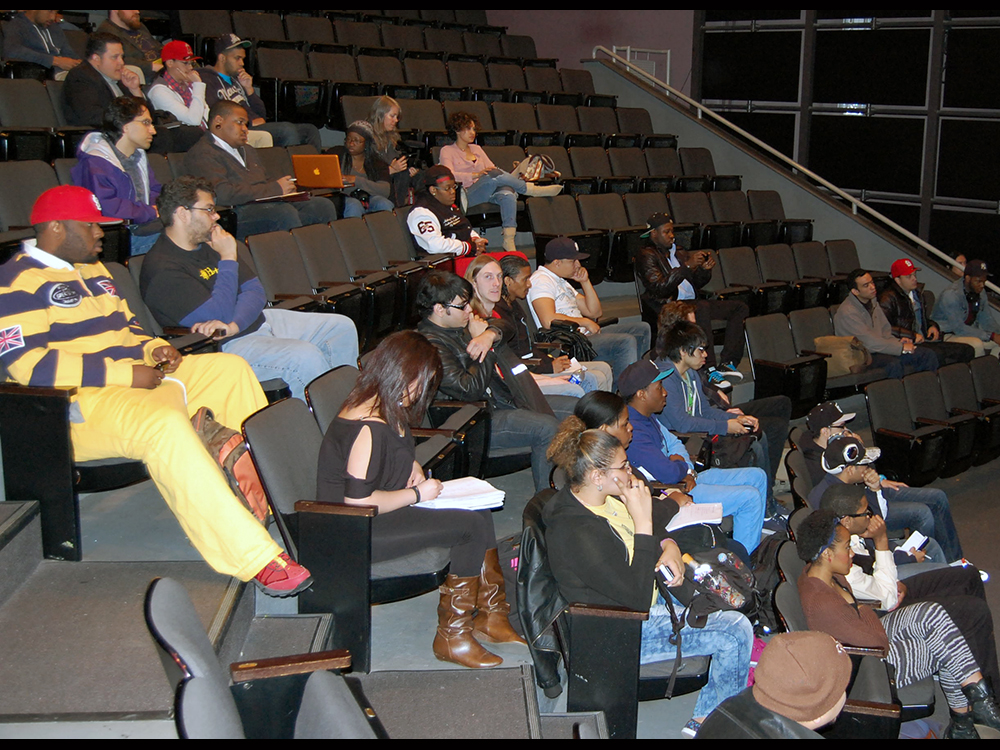
Students gather for a industry round table as part of the Next Note Music Conference
The idea here was to introduce students to the music industry as it was at that time and help them understand the directions it might move in so as to prepare them to be flexible and adaptable in their thinking about what a potential career in such an industry might look like.




 I put together a presentation which explained a brief history of magnetic turbines and how they can harness the natural flow of energy.
I put together a presentation which explained a brief history of magnetic turbines and how they can harness the natural flow of energy. 







